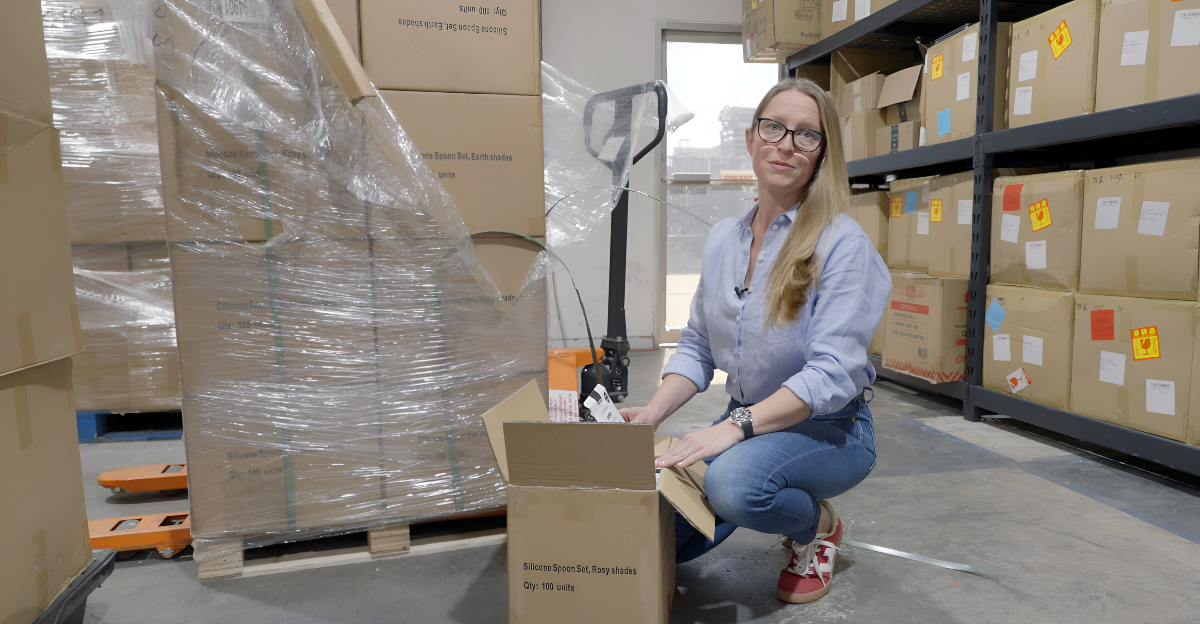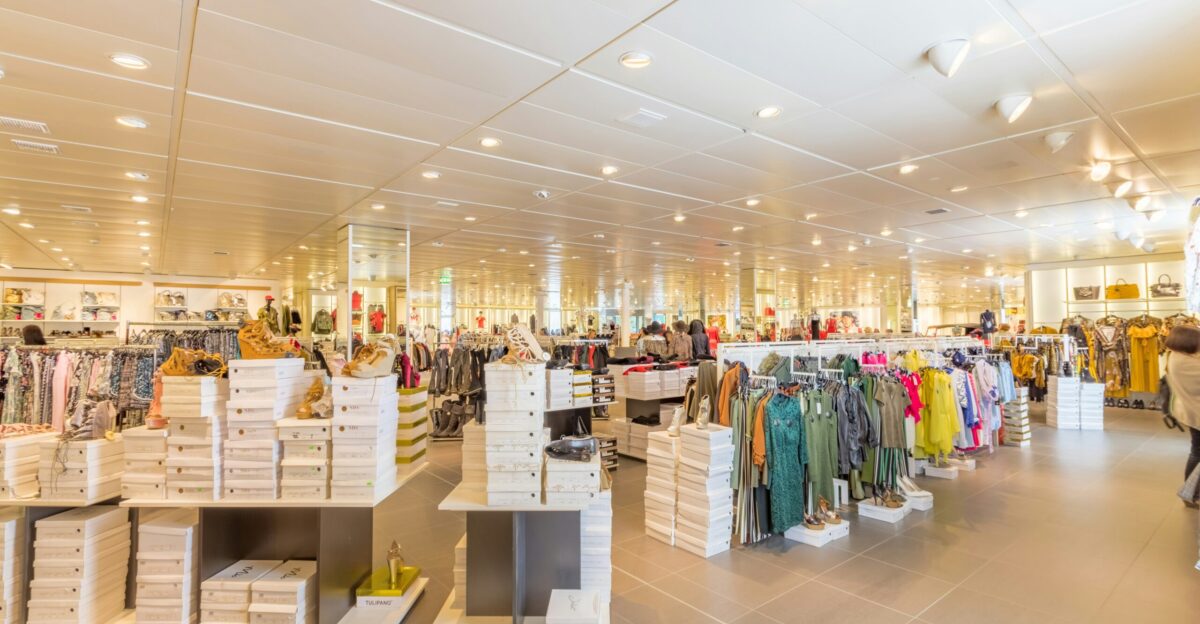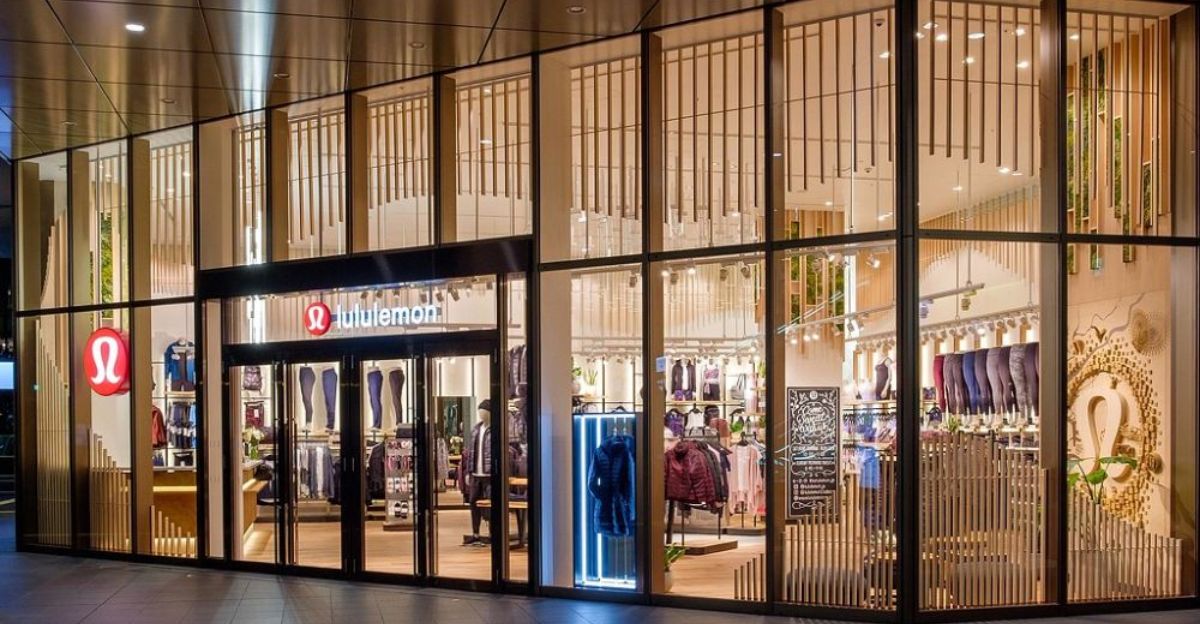
In a dramatic shift sending shockwaves through global commerce, retailers are confronting a cost surge following the end of the ‘de minimis’ tariff exemption. This abrupt change has instigated widespread concern among industry players, from major brands to small sellers, who are gearing up for the financial fallout.
“We’re staring at considerable chaos worldwide,” warns a prominent industry leader. With billions of dollars at stake, the urgency for a swift response from all sectors is palpable, as businesses scramble to adapt to an unpredictable landscape. The implications are severe, and the path forward remains unclear.
The Billions at Stake

Industry analysts forecast staggering ramifications for consumers, predicting up to $10.9 billion in additional annual expenses just for U.S. buyers as tariff-free shipping becomes a relic of the past. Millions of daily parcel shipments spanning categories like fashion and electronics will now incur tariffs, creating ripple effects through global supply chains.
“This is a financial burden consumers weren’t prepared for,” said a retail analyst. Daily operations for many businesses are already feeling the strain, and forecasts suggest a long-term impact that could change the fabric of retail itself. Adaptation is no longer optional; it’s critical.
Understanding the De Minimis Exemption

The ‘de minimis’ tariff exemption allowed goods under $800 to enter the U.S. without tariffs, kindling a cross-border e-commerce revolution. This rule empowered international brands to connect with American consumers effortlessly.
“It opened doors for many of us,” says a small business owner reflecting on the past. With this exemption gone, the traditional online shopping model faces a serious threat. Retailers can no longer compete as easily, and the direct-to-consumer advantage that fueled growth dissipates, leaving many questioning how to navigate this new and challenging terrain.
Policy Shifts and Rising Pressures

As concerns surged over tariff loopholes and revenue losses, policymakers began reexamining existing trade rules. Critics highlighted an influx of small parcels from nations like China, complicating border controls and customs enforcement. “We saw this coming, but the speed of the change is overwhelming,” lamented an industry representative.
Calls for reform resonated across multiple sectors as businesses sought clarity in an increasingly restrictive environment. The frameworks governing international trade are in flux, compelling stakeholders to adapt rapidly or face serious consequences. The time for action is now, as uncertainty looms large.
A Sudden Shift: Tariff Exemption Ends

On August 29, 2025, an executive order signed by Trump abruptly ended the de minimis exemption for most countries. E-commerce platforms and retailers have since lost the ability to ship low-value packages without tariffs, resulting in immediate operational upheaval worldwide.
“We were left with almost no time to adjust,” said a supply chain manager, conveying the industry-wide shock. As logistics teams scrambled to understand new regulations, the fallout became evident: countless businesses were at a crossroads, forced to re-evaluate their operational strategies in a transformed landscape.
A Retail Response to Chaos

Due to the new tariffs and compliance burdens, major U.S. retailers are projecting significant profit declines. Tapestry, owner of Coach and Kate Spade, expects a $160 million drop, while Lululemon has warned shareholders about anticipated earnings hits. “These unprecedented compliance costs are a tough pill to swallow,” remarked a company spokesperson.
As larger brands navigate these challenges, the overarching sentiment is a collective realization that the operational framework must change. The pressure is mounting, and efforts to adapt will define the future of American retail.
Entrepreneurs Facing Nightmares

Small business owners are increasingly vocal about their current dire circumstances, describing the new tariffs and shipment delays as “nightmarish.” Many boutique sellers on platforms like Etsy and eBay are concerned they may not withstand these pressures.
“Our margins evaporated overnight,” shared one distraught shop owner. As business costs skyrocket, survival is becoming an uphill battle, with months of stability now hanging in precarious balance. Each delay and added fee threatens the livelihood of countless entrepreneurs who have championed the e-commerce boom.
Competitors Readjusting Strategies

Major retailers like Shein and Temu have halted direct sales to the U.S. to rethink and restructure their supply chains. Some platforms are even imposing fees of up to 50% for imported goods, which Shein described as jeopardizing their business model. “We’re in a survival mode,” a company executive stated, revealing the significant operational shockwaves.
Analysts foresee potential “audit bottlenecks” as businesses reposition themselves in an uncharted territory fraught with new obstacles. The competitive landscape is shifting dramatically, and companies must pivot swiftly or risk falling behind.
Retail Market Volatility

Catalyzed by the new policies, the retail sector is experiencing significant volatility, with share prices plummeting and increased profit warnings flooding the market. Retailers are now contingent upon passing these costs to consumers, resulting in rising prices that millions of shoppers begin to feel.
“The industry is scrambling to adapt in real time,” stated the National Retail Federation. As uncertainty gains ground, the financial landscape reveals cracks threatening consumer trust and market stability. The potential for a prolonged recovery looms ominously, leaving consumers anxiously awaiting outcomes.
Customs Chaos Unleashed

Amidst all this, customs audits and surprise fees have overwhelmed logistics teams, thwarting efficiencies in cross-border shipment processes. Companies like Wool Warehouse in the UK have even paused orders to the U.S., citing “considerable uncertainty” over pricing dynamics.
“We don’t know how to manage this chaos,” explained a logistics coordinator, shedding light on the deepening crisis. As businesses confront drastic shifts and the enormity of compliance grows, the broader consequences extend beyond financial metrics; they threaten the entire structure of international retail operations.
Frustration Among Retailers

Amid this turmoil, stakeholders express deep frustration about the sudden policy changes, highlighting a distinct lack of warning. “We had just a few weeks to prepare,” a frustrated trade group official said. The chaos is exacerbated by confusion surrounding compliance requirements, resulting in missed shipments and increasingly irate customers.
“The reality is, we were ill-prepared for such a dramatic change,” added an industry rep. The rush to adapt has left many in the retail sector blindsided and scrambling to make sense of evolving regulations. Clarity is paramount, yet remains elusive.
Navigating New Leadership Challenges

To combat the unexpected challenges this new tariff regime presents, some retailers are restructuring their leadership teams and hiring tariff experts. Boards now demand new risk officers and compliance directors to navigate the unfamiliar regulatory landscape better. “We know we need specialized knowledge to manage our risks moving forward,” remarked a senior executive.
This response underscores the urgency of adapting to a rapidly changing environment as companies seek to minimize financial fallout. The shift in leadership priorities reflects the necessity for expert guidance in an increasingly complex global trade arena.
Emerging Comeback Strategies

In light of the new tariffs, brands are devising strategies to circumvent added costs. Some are launching U.S.-based fulfillment centers or relocating production to countries exempt from tariffs. “Our team is innovating to keep this business afloat,” said a logistics manager.
Meanwhile, new partnerships and alternative logistics routes are being established as businesses seek to find ways around escalating tariff costs. This proactive approach is crucial, as navigating the complexities of this landscape demands creativity and resilience. Entrepreneurs and brand leaders are determined to weather this storm and find paths forward.
Growing Skepticism Among Experts

As the dust settles on the new policy, trade experts voice skepticism regarding its effectiveness, raising concerns about “unintended consequences” that may arise. “We might regret these changes,” warned an economic analyst. Some argue that these tariffs could diminish U.S. retail competitiveness, limiting consumer choices long into the future.
The broader implications of this policy extend beyond immediate costs; long-term repercussions could reshape the retail landscape, challenging businesses in ways they had never anticipated. The outlook remains uncertain, and dialogue about the future continues to evolve.
What Lies Ahead for Consumers

As retailers grapple with widespread adjustments, consumers are left unsure about future prices and product availability. With warnings of additional tariffs looming, retailers express concern that costs could rise even more, leaving shoppers in a precarious situation. “We feel like we’re on shaky ground,” said a retail spokesperson.
Clear timelines for policy stabilization are nowhere in sight, fostering anxiety among buyers. As everyday consumers become part of this unfolding narrative, their choices will influence the broader market climate, creating a clearer picture of our new retail realities.